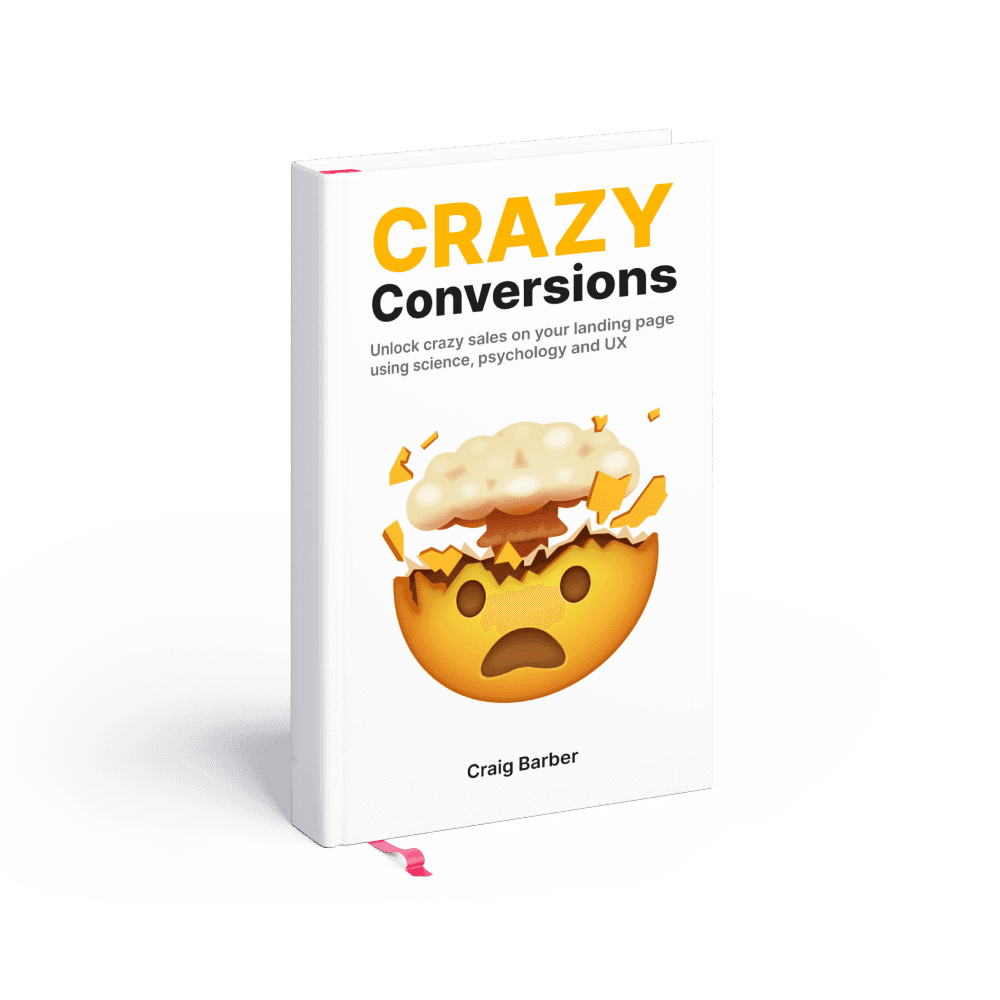Card Sorting: The Ultimate Guide for UX Designers
Discover how card sorting helps UX designers create intuitive navigation structures and improve user experiences
As UX designers, we constantly strive to create intuitive and user-friendly experiences.
One powerful tool in our arsenal is card sorting.
This simple yet effective technique allows us to understand how users mentally organize information, enabling us to design navigation structures that align with their mental models.
In this blog post, we'll explore the what, why, and how of card sorting, and provide you with examples and tools to conduct your own card sorting sessions.
What is Card Sorting?

Card sorting is a user research method that involves participants organizing topics, categories, or features into groups or hierarchies.
It mimics the way users would naturally group information, helping us uncover patterns and gain insights into their mental models.
In a typical card sorting session, participants are provided with physical or digital cards representing content items, and they categorize or group these cards based on their own understanding and logic.
Video explainer for card sorting in UX design:
Why Do Card Sorting?

Card sorting offers numerous benefits to UX designers, including:
Information Architecture (IA) Validation
It helps validate and refine the information architecture of a website, application, or any information-heavy system by understanding how users perceive and organize content.
Enhanced Navigation Design
By understanding users' mental models, we can create intuitive navigation structures, improving findability and reducing cognitive load.
User Empathy and Engagement
Involving users in the design process fosters a sense of ownership, increases engagement, and ensures that the end product meets their needs and expectations.
Examples of when Card Sorting is used

Let's consider a few examples to illustrate the versatility of card sorting:
Website Redesign
Imagine you're redesigning a news website. You can conduct a card sorting session to determine how users expect articles to be categorized (e.g., by topic, date, or relevance) and create an optimal navigation structure.
Mobile App Organization
If you're designing a note-taking app, card sorting can help you identify how users group and prioritize different note types (e.g., personal, work, or academic) for a seamless and efficient user experience.
Methods and Tools for Card Sorting

To conduct effective card sorting sessions, here are a few popular methods and tools at your disposal:
Open Card Sorting
Participants categorize cards into groups they create and label themselves. This method allows for unbiased insights and reveals new patterns and categories.
Closed Card Sorting
Participants sort cards into pre-defined categories provided by the designer. This method is useful for validating existing information architectures or predefined navigation structures.
Digital Tools
Platforms like Optimal Workshop, OptimalSort, and UXPressia offer online card sorting tools that streamline the process, allowing you to collect, analyze, and visualize data efficiently.
Physical Cards
Traditional pen-and-paper card sorting can be an effective option, especially for in-person sessions. You can create physical cards or sticky notes representing content items and facilitate discussions around the card groupings.
Frequently asked questions on card sorting

What is the primary goal of card sorting?
The primary goal of card sorting is to understand how users mentally organize and categorize information, which helps inform the design of intuitive navigation structures and improve the overall user experience.
What are the different types of card sorting methods?
There are two main types of card sorting methods: open card sorting and closed card sorting. Open card sorting allows participants to create their own categories and groupings, while closed card sorting provides predefined categories for participants to sort the cards into.
How many participants should be involved in a card sorting session?
The number of participants can vary depending on the scope and complexity of the project. Generally, it is recommended to have at least 15 participants to gather diverse perspectives and ensure more reliable results.
What are the advantages of using digital tools for card sorting?
Digital tools offer several advantages, such as easy data collection, analysis, and visualization. They also allow for remote participation, making it convenient to involve participants from different locations. Additionally, digital tools automate certain aspects of the process, saving time and effort compared to manual methods.
How do I analyze the data collected from card sorting sessions?
Analysis typically involves identifying patterns, similarities, and discrepancies in the participant groupings. You can use methods like affinity diagramming to organize the data and uncover themes or clusters. Statistical techniques, such as cluster analysis or multidimensional scaling, can also be employed for more in-depth analysis.
Can card sorting be conducted remotely?
Yes, card sorting can be conducted remotely using digital tools that allow participants to sort cards online. These tools facilitate collaboration, data collection, and analysis, making it feasible to conduct card sorting sessions even with participants located in different geographical areas.
Is it necessary to conduct multiple card sorting sessions?
Conducting multiple card sorting sessions can provide a broader perspective and increase the reliability of the results. By involving different user groups or conducting sessions at different stages of the design process, you can gather more comprehensive insights and validate your findings.
Can card sorting be used for other purposes beyond navigation design?
Absolutely! While card sorting is commonly used for information architecture and navigation design, it can also be applied to other areas such as content organization, feature prioritization, menu design, and even brainstorming sessions. The flexibility of card sorting makes it a versatile tool for various UX design activities.
How often should card sorting be performed during a project?
Card sorting can be performed at different stages of a project, depending on the needs and objectives. It is often conducted in the early phases of design to inform the information architecture, but it can also be repeated throughout the project lifecycle to validate and refine the design based on user feedback.
Can card sorting be combined with other research methods?
Absolutely! Card sorting can be combined with other research methods like user interviews, usability testing, and surveys to gain a more holistic understanding of user preferences, behavior, and needs. The combination of different research methods provides a more comprehensive and robust foundation for design decision-making.
Conclusion
Card sorting is a valuable technique that empowers UX designers to create user-centric experiences.
By understanding how users mentally organize information, we can design intuitive navigation structures, improve information architecture, and enhance overall user engagement.
Experiment with different methods and tools, and start incorporating card sorting into your design process today!
Boost sales in 30 days or your money back
Introducing Crazy Conversions, the powerful playbook helping founders unlock sales on their landing page
Boost my sales now $29

5/5 stars on Gumroad





